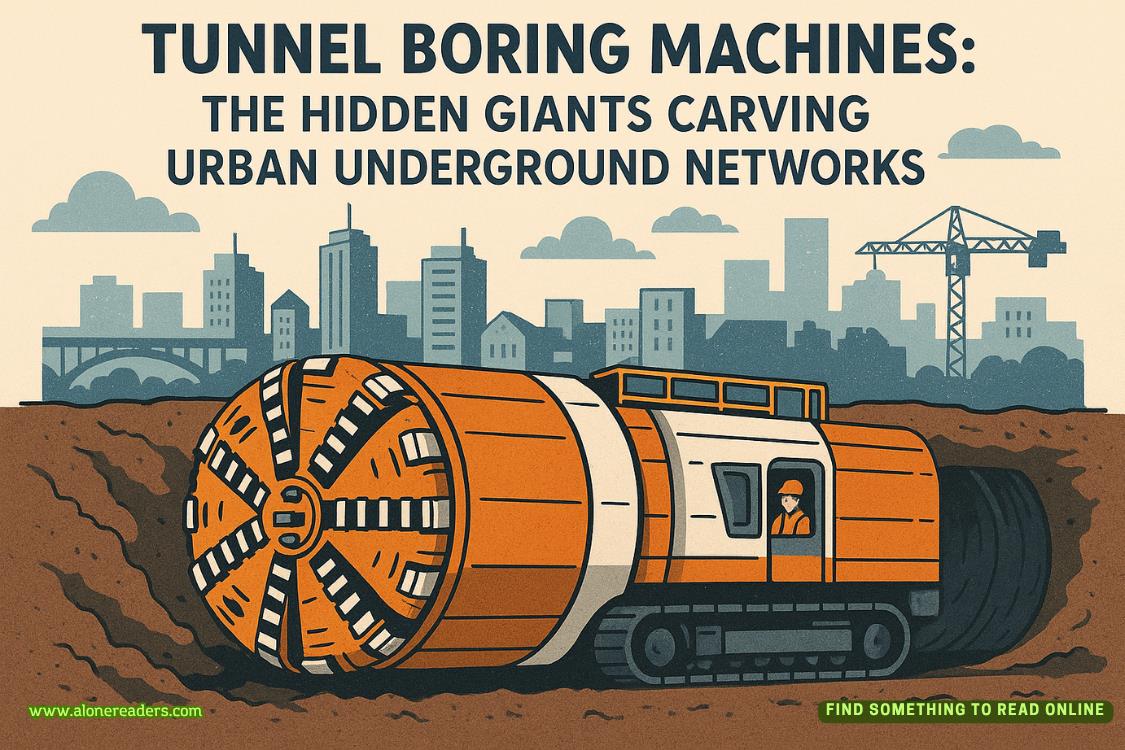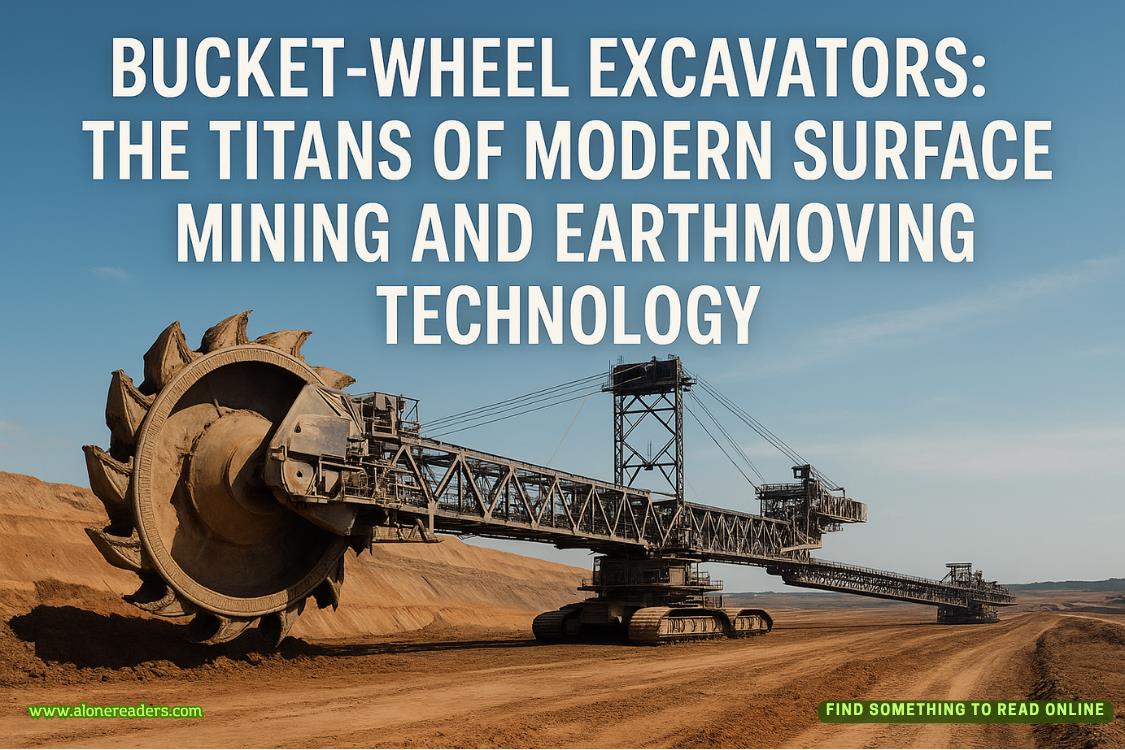Page 96 of In Too Deep
Knight said, “No. How could I be? Think of everything that’s happened in the last couple of days. All the shit we’ve been through. And I’m still no closer to catching Kane. In fact, I’m further away. I’m just so frustrated I want to smash something.”
“I get that. But Devine said your shield is waiting for you, back home. Kane is on the FBI’s radar now. He’s tied into a case involving a rogue agent. A dead rogue agent. They’re not going to rest until they find him. You can count on that. Maybe it’s time to pass the baton. Get back to your real life.”
“Would you do that, in my shoes?”
“Hell no.”
“Well then.”
Knight kept on moving. There was a coffee machine on a counter above the fridge. Reacher moved closer to see how it worked. There was a little plastic drawer that pulled out. It held perforated sachets. It looked like it took one per serving. There were two, not including the decaf options.
Reacher said, “Want a cup?”
Knight said, “Caffeine? Me? Right now? Yes, Reacher. Great idea.”
Reacher picked up on the sarcasm and just made one cup. He carried it back to the couch.
“Sorry,” Knight said. “You hungry?”
“I could eat.”
“What do you feel like?”
“Anything.”
Knight took out her phone and looked for options. After a minute she said, “Cuban?”
“Sure.”
“Want to see the menu?”
“Do they have a Cubano sandwich?”
“Looks like it.”
“I’ll have one of those. And a pan con bistec. No lettuce.”
Knight added a mango Caesar shrimp salad and a selection of mariquitas, and placed the order. Then she started pacing again.
—
The food camein twenty minutes. It was delivered right to their hotel room door. Knight took a towel from the bathroom, spread it on the ottoman, and laid out the Styrofoam containers in a neat line. Neither of them spoke while they ate, but it wasn’t a comfortable silence. Knight was on edge. She had nervous energy to burn. That was clear.
Knight took a last bite of her salad and said, “I’m going for a walk. Want to come?”
Reacher shook his head. “Have you got a computer with you?”
“What do you want a computer for?”
“I want to see what’s on the memory stick.”
Knight pulled her laptop out of her bag and showed Reacher how to hook up the memory stick and select the document that was on it. A box appeared asking for a password. Reacher entered the string of characters he’d seen Vidic text to the guy’s phone in the airport bathroom. He pecked away slowly with one finger, but he got the job done. The screen filled with words. Knight gave him a squeeze on the shoulder and made for the door.
—
The document wasnothing like what Reacher had expected. He was anticipating all kinds of technical drawings and jargon he wouldn’t understand and data he couldn’t interpret. What he found was a long, scholarly discussion on the history of atomic weapons. It went all the way back to the early days of the first research programs. It discussed reactor piles and heavy water manufacture and problems getting hold of sufficient uranium. Reacher found he was enjoying the material. He read fast and his mind soaked up all the detail and the associated trivia. Then, when he was three-quarters of the way through, he stopped in his tracks. He had found out why the price tag attached to the report was so high.
The section in question concerned the fissile material that was needed to create the enormous explosive power of the weapons. How it was made, and how it was formed to best facilitate the nuclear reaction. It turned out the United States favored a cone shape for the material, hence the company’s name, Cone Dynamics. It was the leading specialist in the field. The analysis went on to detail howif the material degraded, the bombs would lose efficiency. If the degradation reached a certain level, they wouldn’t function at all. The design of the US architecture assumed a span of one hundred years before this level would be hit. But there was a problem. The material was new at the time. There was no history associated with it. No experience to base the calculations on. The scientists had been forced to rely on projections. And the Cone Dynamics guys had discovered that these projections were wrong. The degradation occurred more quickly. The cone shape that had been adopted exacerbated the decline. The effective life wasn’t one hundred years. It was closer to seventy. The bulk of the warheads in the US missile systems had been built in the 1950s. Which meant that practically the whole of the nuclear arsenal was obsolete. If the weapons were fired, they would reach their targets. There was no problem with that. They might make a crater when they landed. But they would not explode. There would be no mushroom cloud. No heat. No windstorm. No radiation. And therefore no deterrent. The United States was vulnerable in a way it had never been in its entire history.















